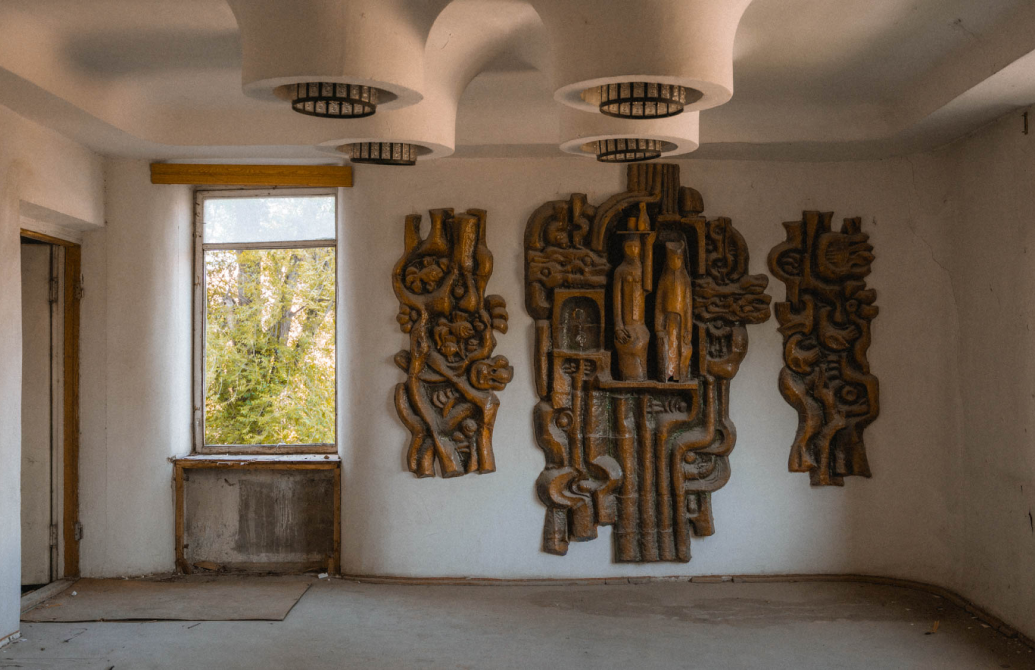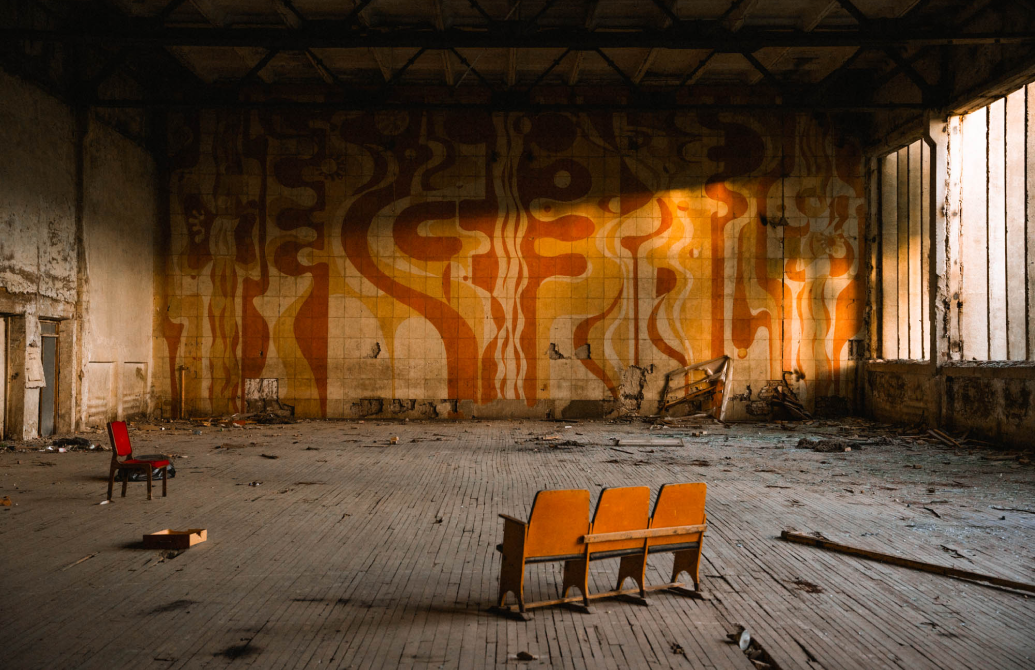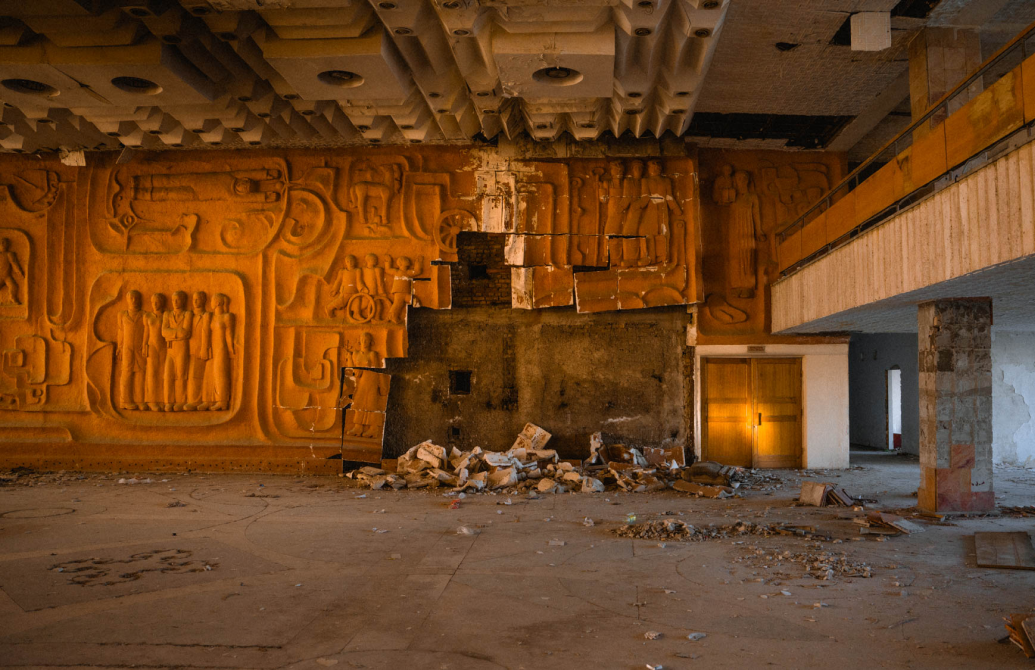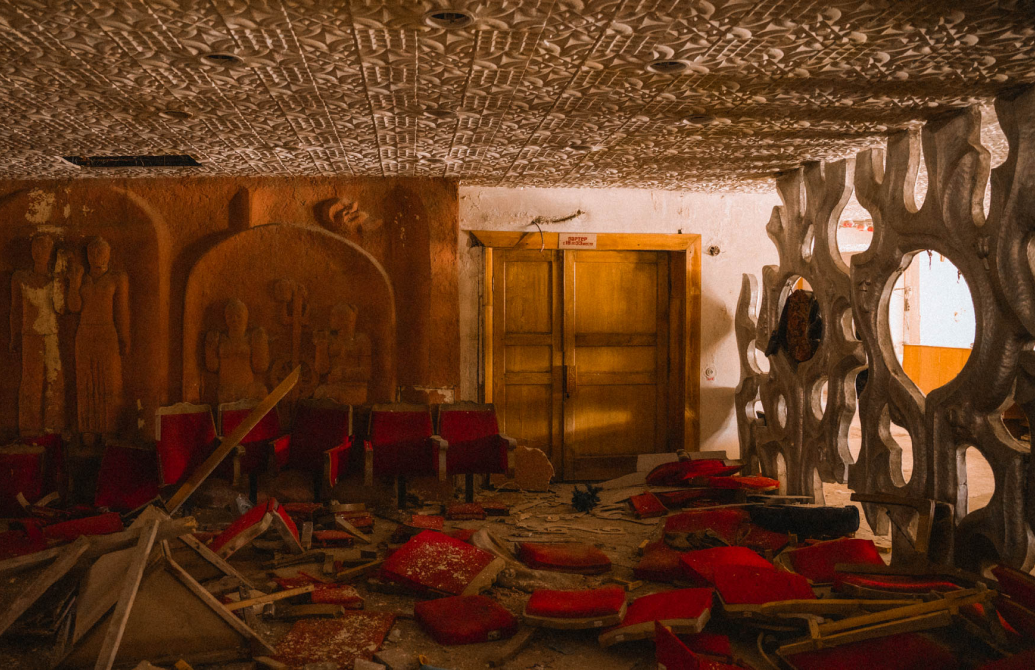Exploring Shymkent's Abandoned Palace of Culture
Decorated with elaborate mosaics, and stained glass windows, almost 140,000 Palaces of Culture were built by the time the USSR collapsed almost 70 years later.

In the early days of the Soviet Union, Palaces of Culture were built as grand centers of ideological and social life. Adorned with mosaics and stained glass, they stood at the heart of Soviet towns and cities. More than just architecture, they were tools of propaganda. Over nearly 70 years, the Soviet state built 137,000 Palaces.
In 2021, photographer Alex Pflaum visited the abandoned Palace of Culture in Shymkent, Kazakhstan, documenting its crumbling interiors and fading Soviet grandeur. Like many others, it once played a central role in shaping Soviet identity. These palaces were propaganda hubs, hosting Communist Party congresses and Komsomol youth ceremonies. Young Komsomol members spent months memorizing patriotic anthems and party doctrines before swearing their oaths in these grand halls.
Over time, the palaces became more than political centers. They hosted films, plays, and dance performances. Libraries and galleries promoted literature and art—all aligned with Soviet ideology. They embodied the Soviet promise: a communal space where culture, politics, and daily life intertwined.
After the USSR collapsed, many of these palaces fell into neglect. Without state funding, the Shymkent Palace of Culture, like so many others, was abandoned—a fading monument to a vanished state.










